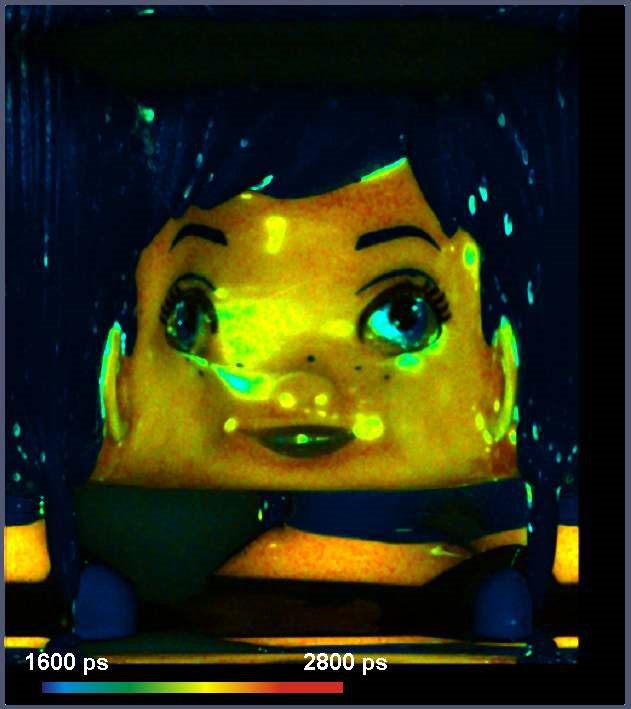Small-animal tomography techniques – no matter whether optical or non-optical – often use rotation of the measurement object to obtain data for different projection angles. Such techniques can favourably be supplemented by recording time-resolved data, especially fluorescence lifetime images or time-resolved diffuse reflection images. The fluorescence lifetime delivers direct information on molecular parameters, and time-resolved diffuse reflection data deliver scattering and absorption parameters from different tissue layers. To facilitate such combination techniques we developed a FLIM system which records a lifetime image of the entire circumferential surface of a three-dimensional object. The object is rotated around its vertical axis and simultaneously scanned vertically by a fast galvanometer scanner. The excitation light comes from a BDS-SM family picosecond diode laser. FLIM is recorded by a standard SPC-150 TCSPC module via the normal multidimensional recording process of the bh TCSPC devices. The resulting image is a developed view of the entire sample surface, containing a full fluorescence decay curve in each pixel. Read more in application note: TCSPC System Records FLIM of a Rotating Object.
Back to News


